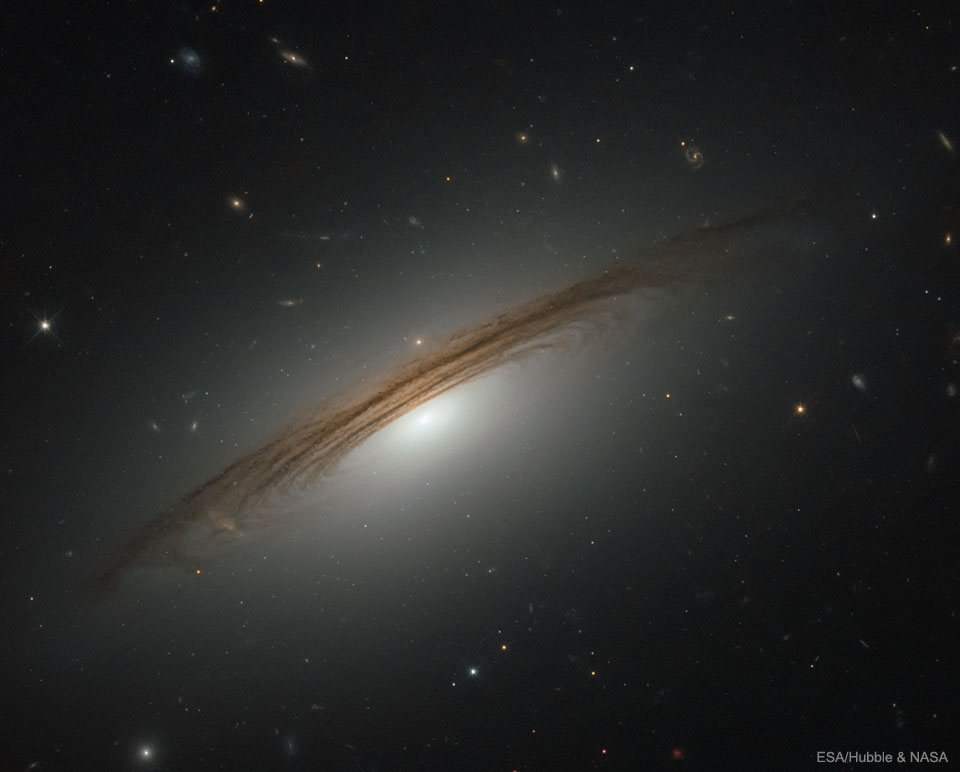Using the world's smallest astronomical satellites, researchers have detected the biggest stellar heartbeat ever. Astronomers are hopeful that this discovery will provide the initiative to search for other such systems, creating a fundamental shift in how we study the evolution of massive stars. This is important, since massive stars are laboratories of elements essential to human life.
via Science Daily
Zazzle Space Exploration market place
